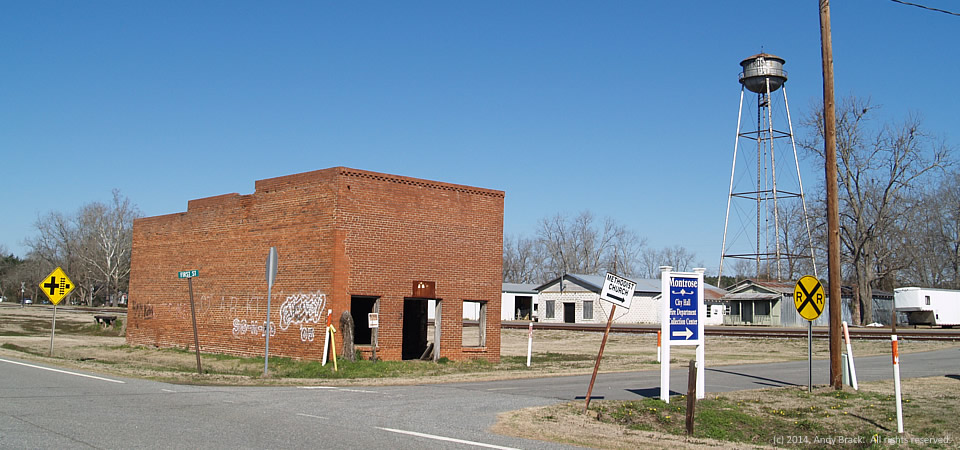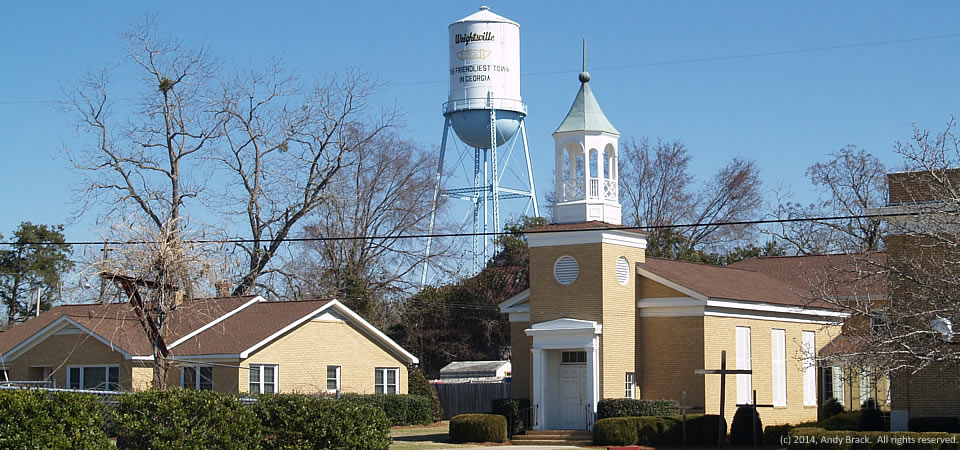From The Huffington Post, April 8, by the Center’s Andy Brack:
It has taken more than 60 years for people in the city where the Civil War started to figure out it was home to an authentic civil rights hero.
On Friday, April 11, Charleston city fathers will unveil a statue commemorating the bold prescience of J. Waties (pronounced “wait-eez”) Waring, a federal district judge who was the first in the South to write that government-mandated racial segregation was unconstitutional. The reward for his courage? The eighth-generation Charlestonian became a pariah, run out of town after he retired following his strong dissent that directly influenced the landmark 1954 Brown v. Board school desegregation decision.
A Charleston blueblood born in 1880, Waring had a solid but comparatively undistinguished legal career, first as an assistant U.S. attorney in South Carolina, followed by private practice that included a stint as city attorney. He was close to leading politicians. When confirmed by the U.S. Senate for the bench at age 61 in 1942, few dreamed he would rock the boat that separated black from white. …










